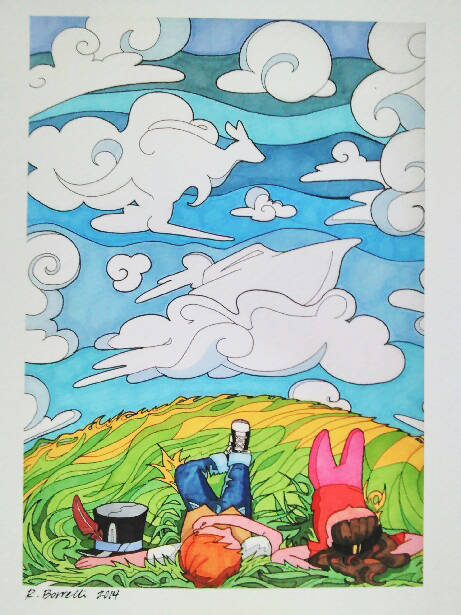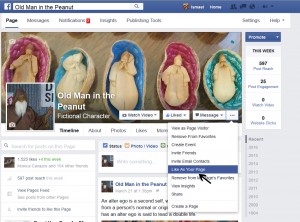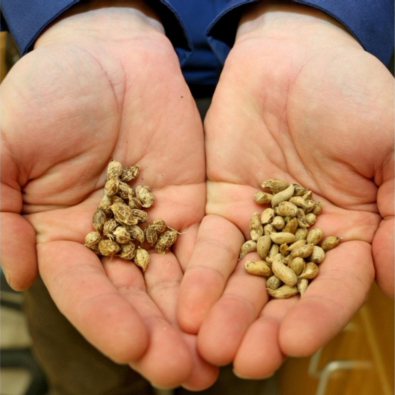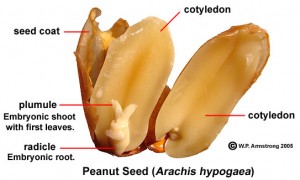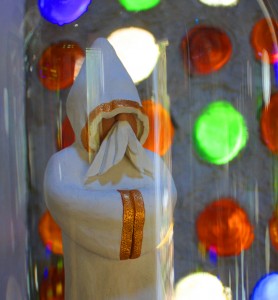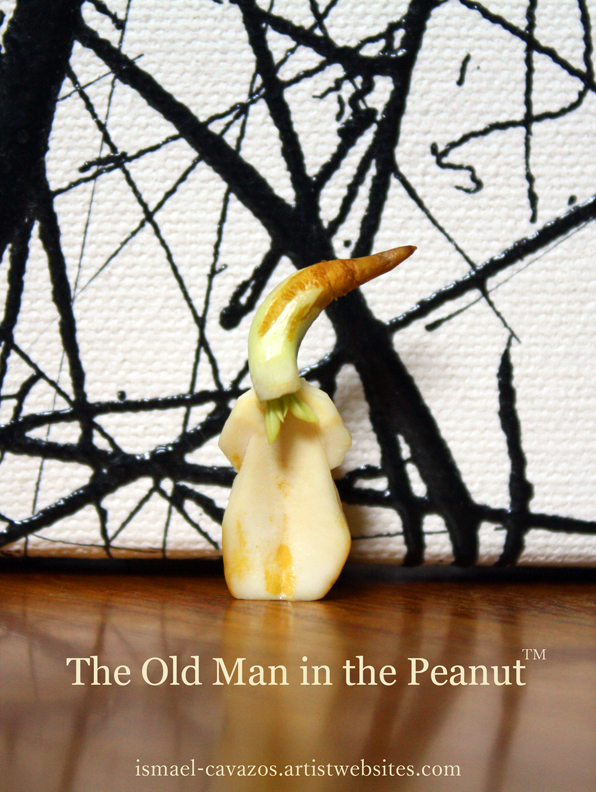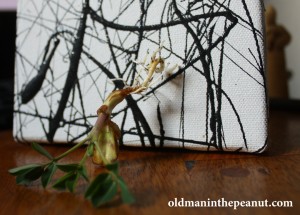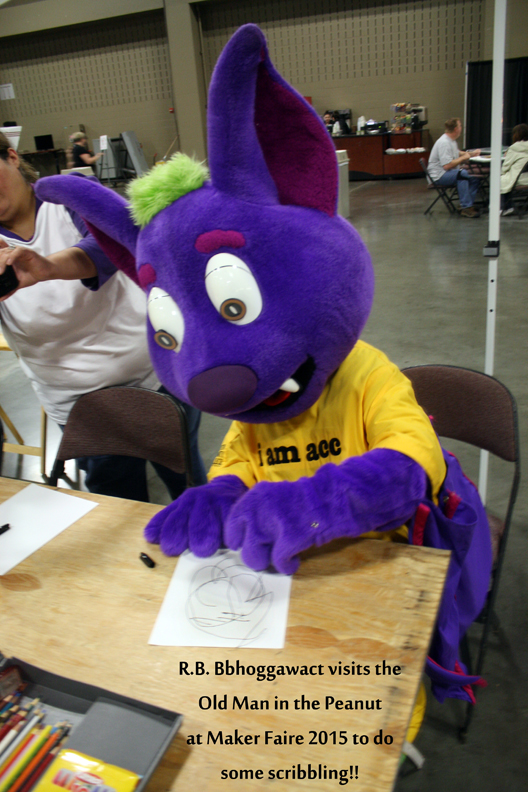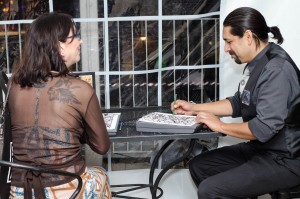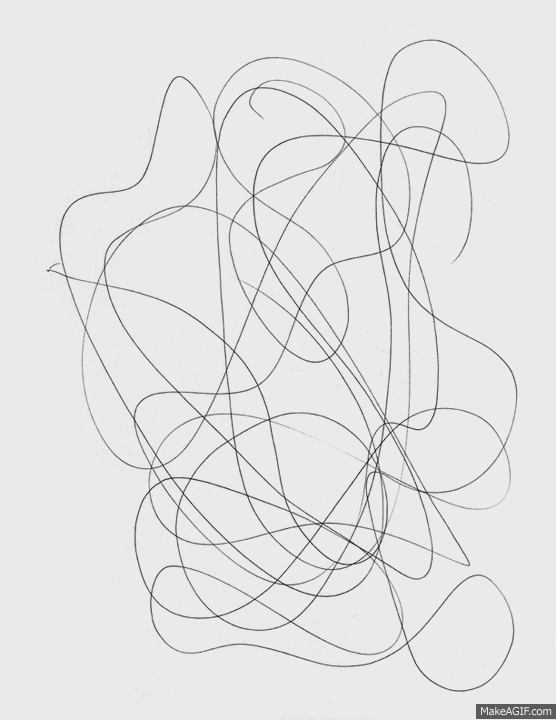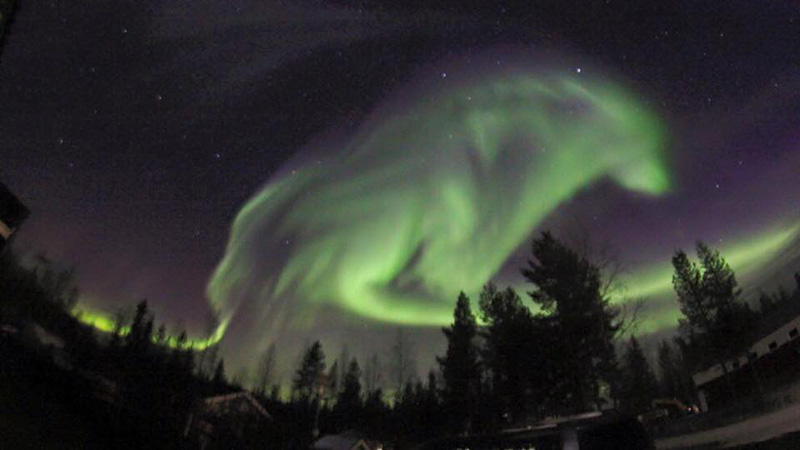I’m pairing up with Rebecca Borrelli, to bring you all a coloring party in late April!
I had the pleasure of meeting this amazing artist back in 2014 at a restaurant we both worked at. If you know Borrelli, you would not be surprised to hear she gifted her trainer (me) with some art as a thank you. Of course, being the empath that she is, she gave a special gift that really fit who I am and what it is I do as an artist. Can you see the clouds coming alive with imagery?
Her style doesn’t just account for the objects, but also the spaces in-between!! I fell in love with this aesthetic and when I learned she was the producer of this amazing coloring book, I reached out to her.
I’m pleased to announce she is letting me ride her coattails and we will be collaborating to bring you this most amazing coloring party. From her representational art to my abstract art we will whet the appetites of all colorists.
Are we the Yin and Yang of the coloring world or WHAT?
Details of the coloring event coming soon…
Why are we doing this?
